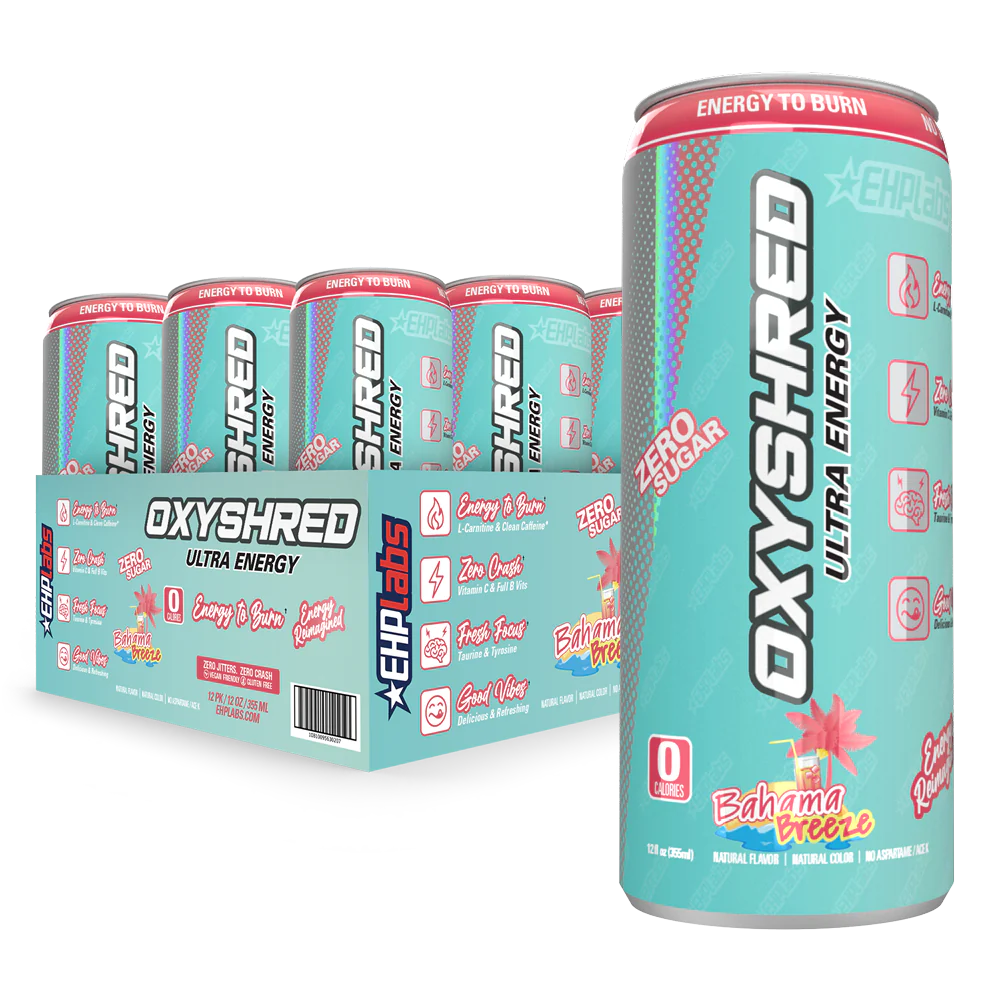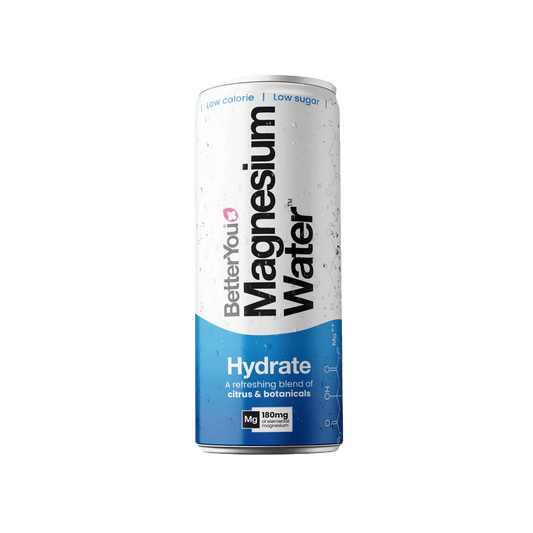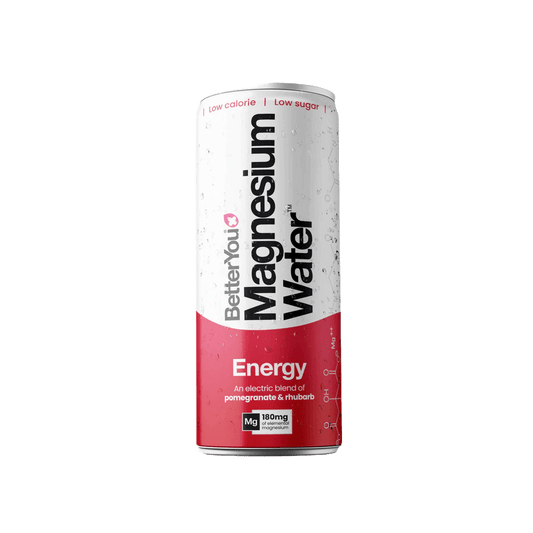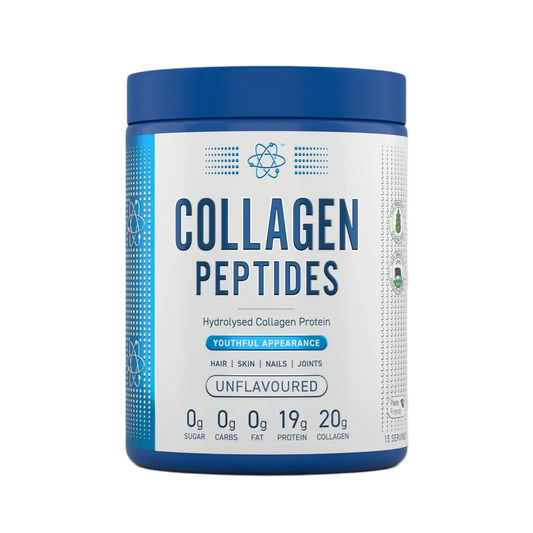Introduction: Ensure You're Putting On The Right Weight
Creatine has been one of the most studied and debated supplements in the fitness world for decades. Walk into any gym, and chances are someone is either scooping creatine into a shaker or warning a newcomer that “it’ll just make you bloated.” But here’s the real question: does creatine actually make you gain fat, or is it purely muscle weight?
To answer that, we need to look at what creatine does in the body, why water retention gives it an undeserved bad reputation, and whether it belongs in your stack if you’re chasing lean gains or fat loss. Let’s dive deep.
1. Does Creatine Build Fat or Muscle?
The short answer: creatine builds muscle, not fat.
Creatine works by increasing the body’s phosphocreatine stores. This means you can regenerate ATP — the molecule your muscles burn for quick energy — faster during high-intensity efforts. That’s why people lifting weights, sprinting, or doing explosive training see huge benefits: more reps, more power, more progression.
When you train harder, you trigger muscle growth (hypertrophy). Creatine isn’t a calorie source like carbs or fats; it doesn’t contribute to stored body fat. The “weight gain” people report in the first 1–2 weeks is water being pulled into the muscles. This isn’t fat — it’s intracellular hydration, which actually helps muscle recovery and fullness.
💡 Pro Tip: Think of creatine as a performance enhancer, not a mass gainer. If you’re eating at maintenance calories and training hard, the extra weight you gain will almost entirely be muscle tissue and water inside the muscle cells.
Products to consider: Naughty Boy Prime Creatine – one of the cleanest monohydrate options with great solubility.

2. Does Creatine Affect Belly Fat?
Here’s where myths run wild. Some gym-goers swear creatine bloats your midsection, while others insist it sharpens your physique. The reality? Creatine does not directly increase belly fat.
Any increase in waist measurement is usually down to water retention, but even then, it’s stored inside muscle cells — not under the skin. In fact, studies show creatine can improve muscle definition once you adapt, because hydrated muscles look fuller and harder.
The only way creatine could indirectly affect belly fat is if you use it as an excuse to overeat or if you’re not tracking calories. Remember: fat gain always comes from a calorie surplus, not from creatine itself.
3. Should You Take Creatine if Trying to Lose Weight?
Absolutely — and here’s why:
-
When you’re in a calorie deficit, your energy levels drop. Creatine helps maintain strength and performance.
-
Preserving muscle mass is critical during fat loss, and creatine does this by fueling harder lifts.
-
Some research suggests creatine may even support better glucose control, which could help with fat metabolism.
So, if you’re dieting and afraid of losing strength, creatine is one of the best supplements to keep in your stack. Pair it with a clear whey isolate like Combat Fuel Clear Whey — light on digestion and perfect if you’re in a deficit but still need protein.

4. Is There a Downside to Creatine?
For most people, creatine is one of the safest supplements out there. It’s been studied for decades, with thousands of participants, and has an excellent safety profile.
That said, here are a few things to keep in mind:
-
Water weight: You may notice the scale go up by 1–2 kg in the first week. This is water in the muscles, not fat.
-
Digestion: A small percentage of people get stomach cramps if they take too much at once. Splitting the dose into two servings often fixes it.
-
Hydration needs: Because creatine pulls water into muscles, you should drink slightly more fluids — this is where electrolyte support can help.

5. Will Creatine Make Me Look Puffy?
The dreaded “puffy look” is another common worry. But here’s the thing: if you feel puffy or bloated while taking creatine, it’s almost always from lifestyle factors (sodium intake, lack of hydration, poor digestion) rather than the creatine itself.
Muscle water retention isn’t the same as subcutaneous bloating. In fact, creatine is anti-catabolic: it helps your muscles look fuller and more defined. When paired with omega-3 supplements, like Supplement Needs Omega 3 — which help manage inflammation — and a good multivitamin like Applied Nutrition Multi-Vitamin Complex for overall nutrient balance, creatine supports a lean, strong physique rather than hiding it.
✅ Recap of Part 1
So far, we’ve broken down:
-
Creatine builds muscle, not fat.
-
Belly fat myths come from misunderstanding water retention.
-
Creatine can help maintain strength in a calorie deficit.
-
Side effects are minimal and easily managed.
-
Puffiness isn’t fat — it’s hydration inside muscle cells.
Products highlighted so far:
- Naughty Boy Prime Creatine
- Combat Fuel Clear Whey
- Supplement Needs Omega 3
- Applied Nutrition Multi-Vitamin Complex
🔜 Part 2 will explore:
-
Why some people don’t lose weight on creatine
-
Whether it boosts metabolism
-
What happens when you stop taking it
-
Foods and supplements that stack well with creatine
-
How long it really takes to see results
Does Creatine Make You Gain Fat or Just Muscle? (Part 2)
6. Why Am I Not Losing Weight on Creatine?
This is one of the most common frustrations for dieters. They start a cut, train consistently, but the scale won’t budge once they introduce creatine. The culprit? Water weight.
Creatine increases intracellular water retention in muscles. This is a good thing because it hydrates the muscle fibres, making them stronger, fuller, and more resilient under stress. But if you’re monitoring your progress purely by the bathroom scale, the extra 1–3 pounds of water weight can feel like you’ve hit a plateau.
The key is to look beyond the scale. Use progress photos, gym performance, and even tape measurements. If your waist isn’t expanding but your muscles look fuller, creatine is working exactly as it should.
💡 Pro Tip: Track your progress by strength markers — if your lifts are improving while you’re cutting, creatine is doing its job. That water weight is only temporary, and once your body adapts, you’ll see fat loss more clearly.

7. Does Creatine Boost Metabolism?
Here’s where things get exciting. While creatine itself doesn’t torch calories like caffeine, it indirectly supports a higher metabolic rate by enabling better training sessions. If you can lift heavier, sprint harder, and recover faster, your total energy expenditure increases.
Some studies suggest creatine may improve glucose tolerance and insulin sensitivity, which means your body is more efficient at handling carbs. This can be particularly beneficial if you’re cycling between fat-loss and muscle-gain phases.
Smart stack idea:
-
Creatine (Naughty Boy Prime Creatine): Increases strength and ATP production.
-
Protein (Per4m Advanced Whey): Supports lean muscle retention.
-
Electrolytes (Ten Percent Club Electrolyte Drink Mix): Keeps hydration balanced, especially when creatine pulls water into muscle cells.
Together, this trio not only fuels training but also optimises recovery and nutrient utilisation, which supports long-term body recomposition.
8. Will I Lose Muscle if I Stop Taking Creatine?
Another big fear: that stopping creatine will undo months of progress. The truth is, creatine doesn’t build artificial muscle. What it does is allow you to train harder and store more energy in your muscles. If you stop, your phosphocreatine stores slowly decline back to baseline.
You’ll probably notice:
-
Slight drop in strength endurance (maybe 1–2 fewer reps on big lifts).
-
Loss of muscle “fullness” as intracellular water levels decrease.
-
No actual loss of real muscle tissue, provided you keep training and eating enough protein.
Think of creatine as a performance booster rather than a permanent crutch. Once you’ve built muscle on creatine, that tissue doesn’t just vanish if you stop. What disappears is the “extra edge” that helped you build it faster.

9. What Should I Avoid While Taking Creatine?
Creatine is simple and safe, but pairing it with the wrong things can blunt its effectiveness.
-
High alcohol intake: Alcohol is a diuretic, which can dehydrate you — the opposite of what creatine needs.
-
Too little water: Hydration is key. Always increase fluid intake slightly when supplementing with creatine.
-
Stacking with unnecessary loading: Some people combine creatine with multiple stimulant-heavy pre-workouts. This doesn’t harm absorption, but it can cause jitteriness or digestive upset.
Instead, stack creatine with supportive supplements. Magnesium Water from BetterYou helps balance hydration and relaxation, making it a great addition alongside creatine. And if your goal is lean strength, collagen peptides (Applied Nutrition) can complement creatine by supporting joint resilience under heavy loads.
10. How Long Does It Take to See Results From Creatine?
Here’s where the patience test comes in. For most users, the benefits of creatine show up in 1–2 weeks. That’s the time it takes for your muscles to become fully saturated. If you use a “loading phase” (20g per day for 5 days), you’ll feel the effects faster — but even with a standard 5g daily dose, you’ll get there within two weeks.
In terms of visible physique changes:
-
Muscles look fuller within the first week (from water storage).
-
Strength and power increases appear by week 2–3.
-
Hypertrophy (real muscle growth) compounds over months of consistent training with creatine support.
💡 Pro Tip: Pair creatine with a fast-digesting protein like Combat Fuel Clear Whey post-workout. The rapid absorption helps recovery, while creatine keeps energy stores primed for your next session.
Conclusion: Fat or Muscle? The Verdict
Creatine doesn’t make you gain fat — it makes you gain strength, lean muscle, and a bit of healthy water weight inside muscle cells. That’s it. If the scale goes up, it’s not fat sneaking onto your belly; it’s your muscles storing energy and hydration so you can train harder.
For those chasing aesthetics, creatine gives muscles a rounder, fuller look. For athletes, it delivers raw performance. And for everyday lifters, it’s one of the most cost-effective, scientifically proven supplements to support progress in the gym.
So no, creatine won’t make you fat. It’ll make you stronger, leaner in the long run, and better equipped to build the physique you want.
✅ FAQs
1. Does creatine cause belly fat?
No — any weight gain from creatine is water stored inside muscle cells, not fat.
2. Is creatine safe for fat loss phases?
Yes. It helps preserve strength and muscle while dieting, which is crucial during a calorie deficit.
3. Can creatine make me bloated?
Some people feel puffy at first due to water retention, but this usually balances out after 1–2 weeks.
4. How much creatine should I take daily?
5g per day is the gold standard. Loading phases are optional.
5. Do I need to cycle creatine?
No — continuous daily use is safe and effective.
6. What’s the best time to take creatine?
Post-workout with protein, or any time of day consistently. Timing isn’t critical.
7. Can I take creatine with protein shakes?
Yes — in fact, combining creatine with protein supports both strength and recovery.
8. Will I lose weight if I stop creatine?
You may drop a couple of pounds of water weight, but your muscle mass will remain if you keep training and eating well.
9. Does creatine help metabolism?
Indirectly, yes — it helps you train harder, increasing calorie burn and supporting lean muscle, which raises metabolic rate.
10. Should beginners use creatine?
Absolutely. Creatine is one of the most beneficial supplements for beginners and advanced lifters alike.





